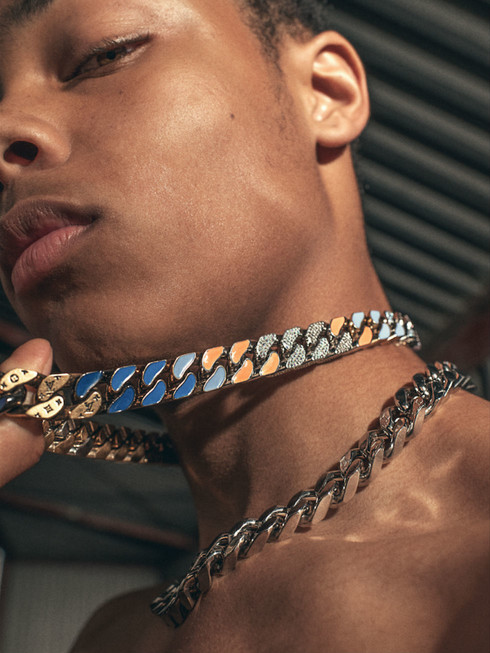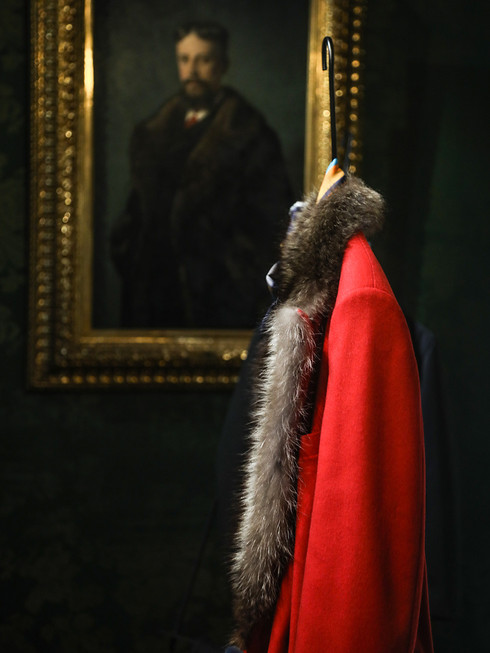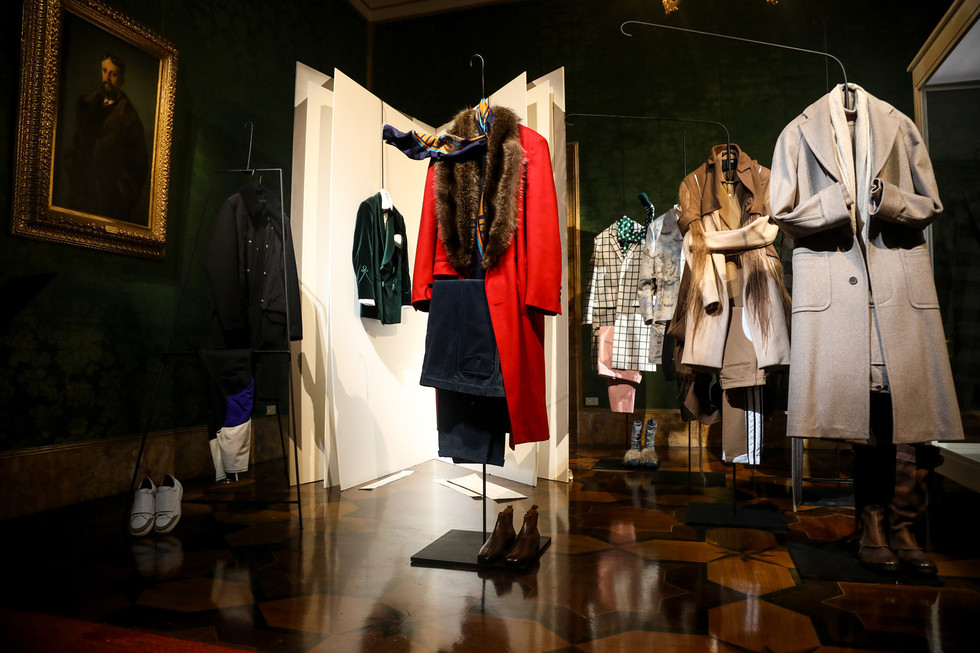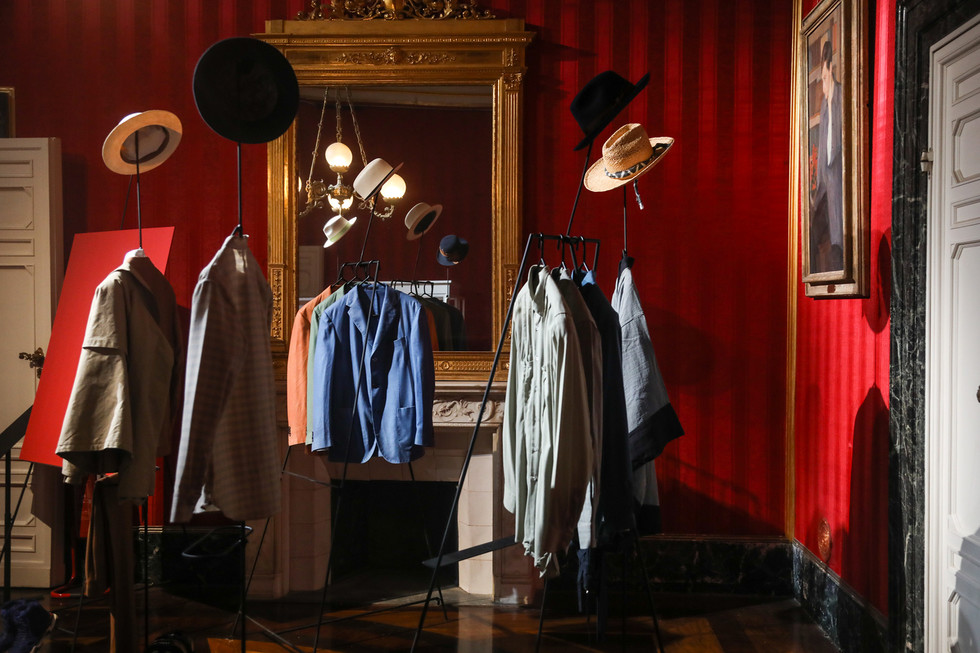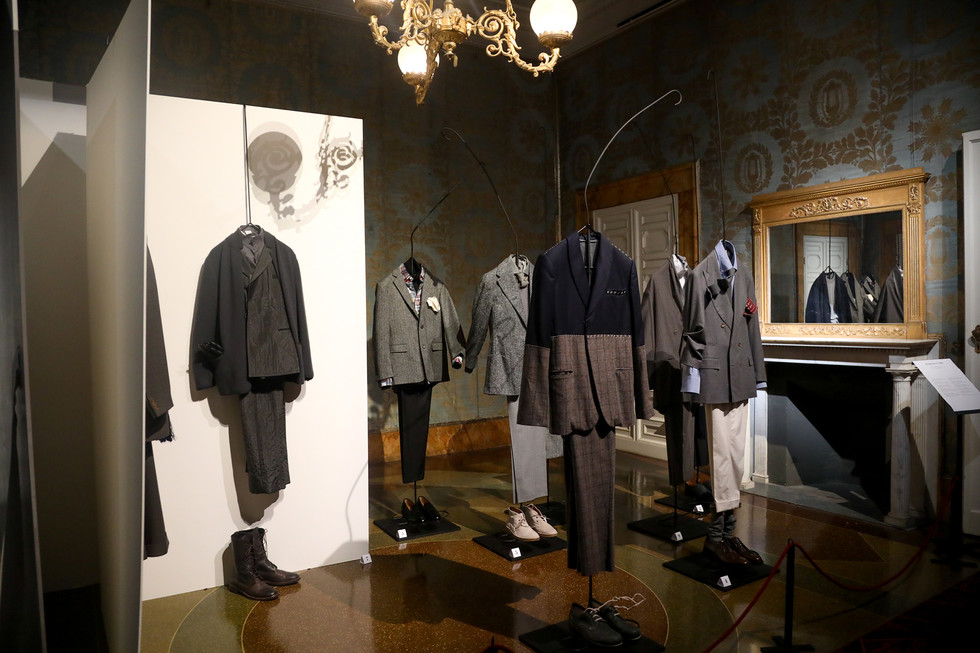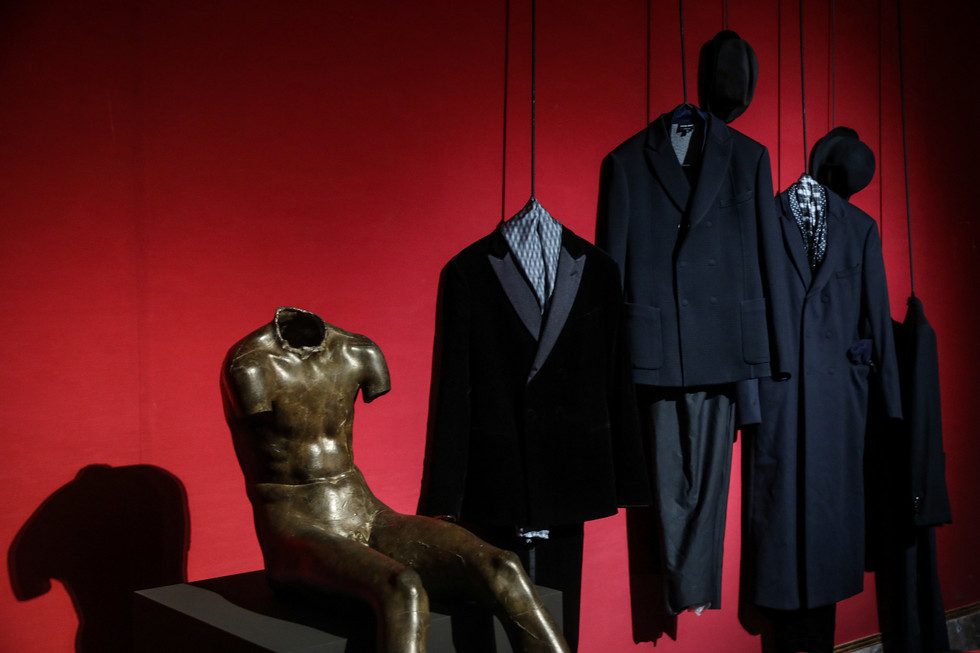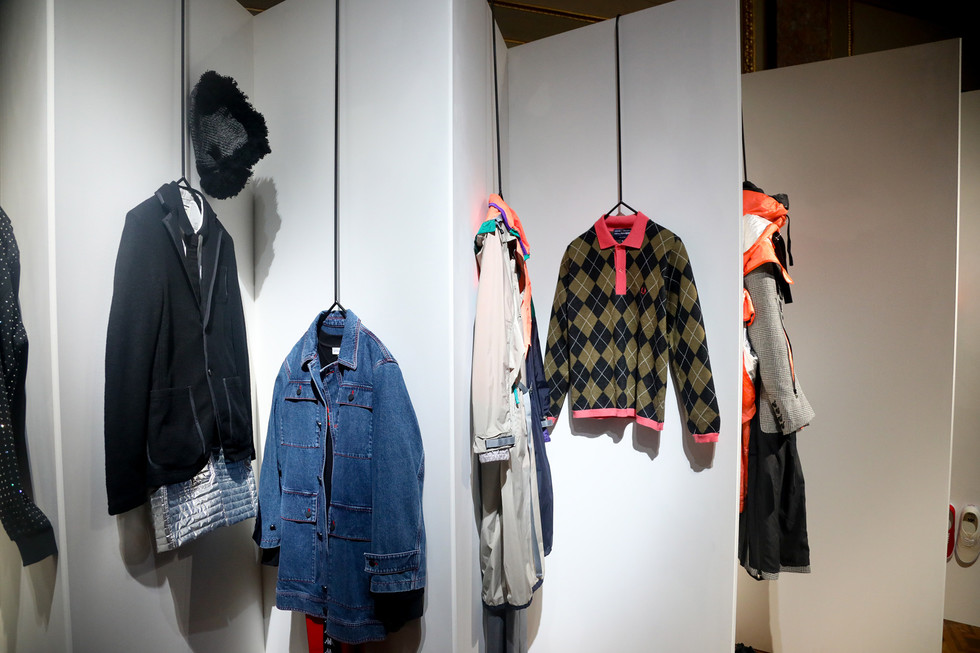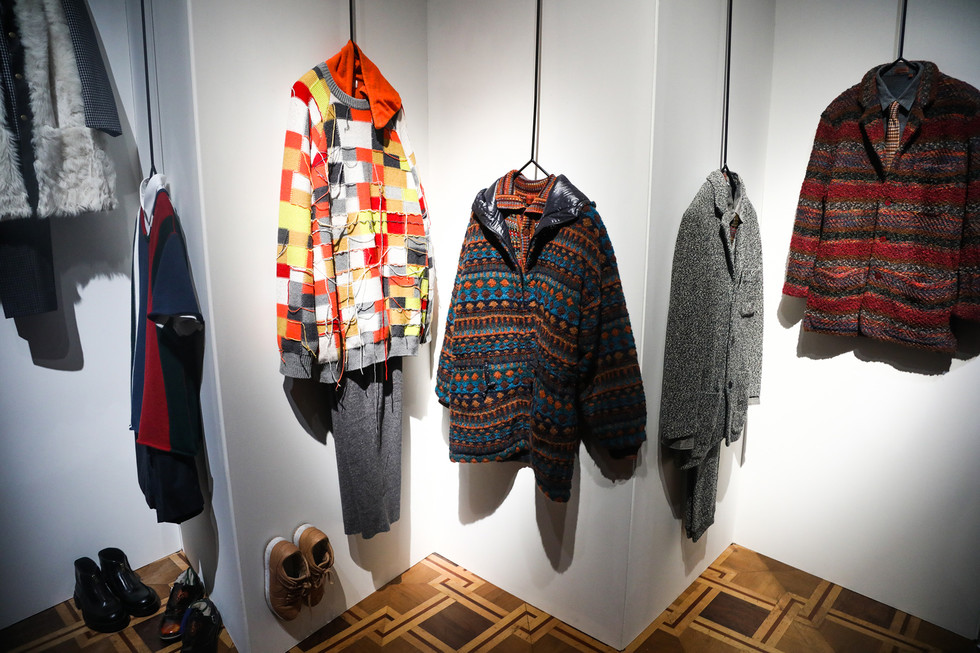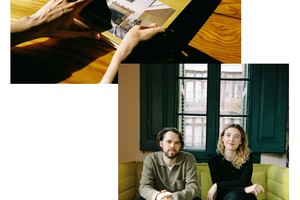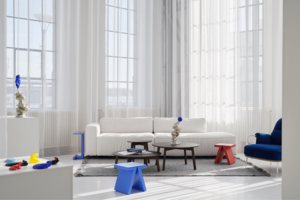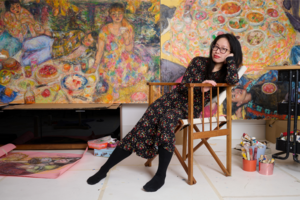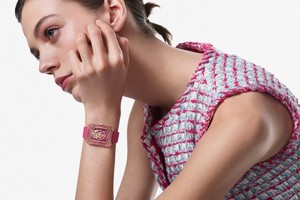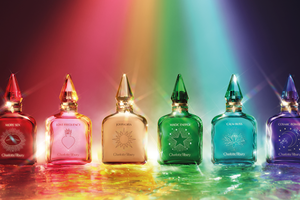LOUIS VUITTON MENS FASHION JEWELLERY
Written by Fashion TalesLouis Vuitton presents
Men’s Artistic Director Virgil Abloh’s first fashion jewellery collection
June 2019 — Louis Vuitton introduces new fashion jewellery pieces into the current collection, a concept envisaged by Men’s Artistic Director Virgil Abloh. A natural continuation for Louis V uitton accessories, this jewellery collection encapsulates the contemporary mood of the House and embodies the new vocabulary introduced across all categories.
The collection is a reinterpretation of classic menswear
chains that debuted during the men’s Spring-Summer 2019 show across various accessories and leather goods. Here, elements from these explorations are offered across pendants, bracelets, and rings.
To offer a full wardrobe of jewellery, from pieces for the red carpet to daily wear, an alternative to this show-stopping piece comes in an entirely palladium-finished version, with features of Monogram artfully scattered across it. Two exceptional white ceramic pieces - a pendant and a ceramic signet ring embossed with Monogram palladium-finished brass. All necklaces and bracelets come with an innovative new system of closing; a clever cylindrical slide specially developed to ensure security.
The clasp comes embellished with Louis Vuitton branding and an “R” engraving, the registered trademark symbol, a detail that runs throughout the collection. Both pay tribute to the Spring-Summer 2019 collection, where Virgil Abloh introduced immaculate white ceramic jewellery.
This collection includes essential additions to Louis V uitton menswear. Each piece combines the signature Louis Vuitton savoir-faire with Virgil Abloh’s vision of style.
An entirely new Louis V uitton chain is introduced. Inspired by classic Cuban links, it nods to wider cultural references, from hip-hop to skate culture, and a dynamic community of collaborators. Rooted in the heritage of men’s jewellery, the chain has been twisted into a new, highly exclusive form through an inventive and meticulous use of materials and finishes.
A multi-hued chain, nods to the rainbow story which was central to the Spring-Summer 2019 collection – a tribute to diversity and an open invitation to a new, global audience. It showcases an array of exceptional finishes, techniques and materials, which are carefully united together across the links. Coloured enamel in orange and blue tones, brass with aged gold effect, palladium finishing with Monogram engraving, and crystal encrustations in a range of hues are all united across one chain.

